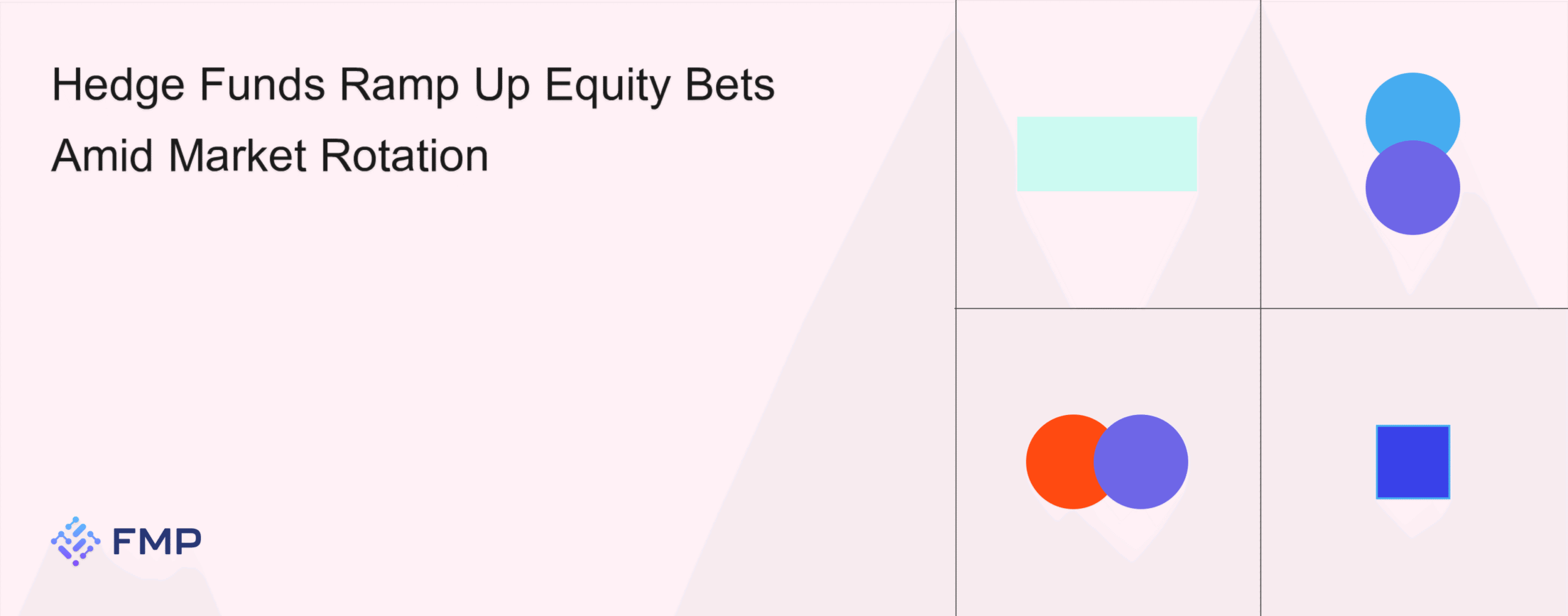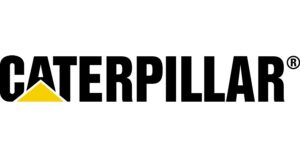U.S. hedge funds have significantly increased their equity exposures over the past month, demonstrating a willingness to take on idiosyncratic risk despite mounting macro uncertainties. According to Goldman Sachs’ prime brokerage desk, this marks four consecutive weeks of net buying, with last week’s long purchases the largest in dollar terms since November.
Why Hedge Funds Are Incentivized to Buy
Vincent Lin of Goldman Sachs highlights that sustained long buying suggests hedge funds are growing more confident in their stock‑picking abilities. In a climate of volatile interest‑rate expectations and geopolitical headwinds, managers are leaning into individual names rather than purely macro bets—seeking alpha from idiosyncratic opportunities.
Sector Flows: Technology Takes Center Stage
Information Technology Leads Net Buying
Out of 11 U.S. sectors, 10 saw net long inflows, with information technology at the forefront. IT’s net buying was the largest the sector has seen in over a decade, driven by heavy demand for semiconductors and semiconductor‑equipment names. Conversely, software experienced a modest net selloff last week.
-
Semiconductor Surge: Chipmakers and equipment providers captured the bulk of IT flows, as investors anticipated continued demand for data‑center and AI hardware.
-
Software Pullback: A handful of high‑multiple SaaS stocks were trimmed, allowing funds to reallocate into more cyclical tech segments.
Track today’s top technology movers: See the latest biggest gainers in tech. market-biggest-gainers
Rotation: From “Magnificent 7” to China ADRs
Scaling Back U.S. Megacaps
Last week, hedge funds reduced their holdings in the so‑called Magnificent 7—mega‑cap names that have led the market rally. Despite that, these stocks have returned +12% in Q2 to date, underscoring their continued strength even as managers diversify.
Increasing Exposure to China ADRs
Simultaneously, funds added to China ADRs as first‑quarter positions, led by:
-
Alibaba Group (NYSE:BABA)
-
PDD Holdings (NASDAQ:PDD)
-
Baidu (NASDAQ:BIDU)
-
JD.com (NASDAQ:JD)
This shift occurred even as U.S.–China trade tensions escalated at quarter end. Hedge funds hoped these ADRs would outperform, but instead underperformed their U.S. peers amid tariff‑related headwinds.
Check which Chinese ADRs are most active today: View the most active stocks list. market-most-active
Performance and Positioning Outcomes
-
Magnificent 7 Outperformance: Despite being trimmed, these megacaps still delivered one of the strongest Q2 returns, reinforcing their defensive qualities and market leadership.
-
China ADR Weakness: Trade rhetoric and declining risk appetite pressured ADRs, offsetting some gains from U.S. longs.
Nevertheless, hedge funds remain heavily skewed toward U.S. megacaps, reflecting conviction that these large‑cap names will continue to add value if growth expectations stabilize.
Risk Management: Leverage and Short Interest
Ben Snider of Goldman points out that, despite a turbulent macro backdrop, U.S. equity long/short hedge funds have generated 1% year‑to‑date returns, largely thanks to disciplined stock selection. However, rising short interest across the market has driven gross leverage within hedge funds to record highs—raising the stakes on relative performance.
-
Higher Leverage: As more managers increase shorts to hedge equity risk, longs must outperform by wider margins to cover borrowing costs.
-
Short Interest Watch: Elevated short positions in certain sectors could signal potential squeeze dynamics if sentiment turns.
What This Means for Investors
-
Idiosyncratic Opportunities: With hedge funds focusing on stock‑specific catalysts, retail and institutional investors can look for high‑conviction names in semiconductors, specialized software, or select China ADRs poised to benefit from any resolution in U.S.–China tensions.
-
Megacap Resilience: Despite flows rotating out, the Magnificent 7 remain popular due to their solid balance sheets, robust earnings, and growth – a reminder that trimming large‑cap exposure should be tactical, not structural.
-
Leverage Risks: Elevated hedge‑fund gross leverage implies higher volatility ahead. Monitoring short interest and liquidity conditions can help anticipate potential squeezes or rapid reversals.
By tracking sector flow data and active stock lists—such as through the Market – Biggest Gainers and Market – Most Active APIs—investors can stay informed on where hedge funds are placing their bets, identify emerging themes, and manage risk effectively amid shifting market dynamics.




